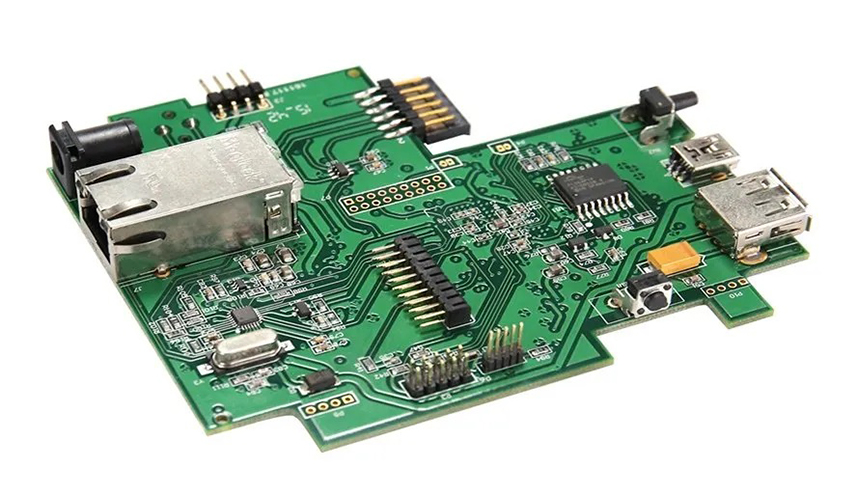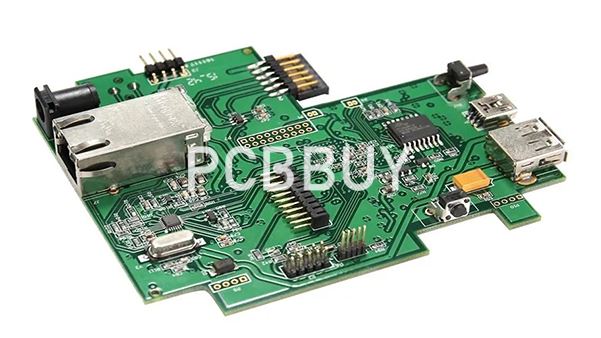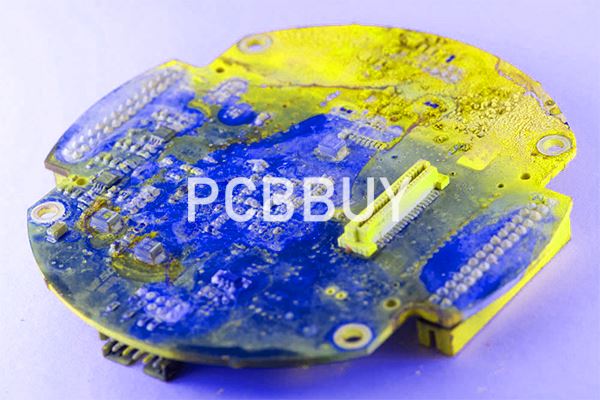How to Eliminate Ground Bounce in PCBA Process of Guidelines?
By:PCBBUY 04/15/2022 10:23

Grounding electrical systems can be a complicated topic that stymies even the most experienced designers. For power distribution systems, the requirements tend to be rather clear; don't create multiple ground points separated by sufficient resistance to cause a ground loop. In mixed-signal PCBs, whether they run at low or high speed, establishing a clear potential reference point in the design
If you are going to learn the knowledge of ground bounce in PCBA process, please check and read the content for more information in this passage.

What is the importance of ground bounce in PCBA?
At the moment that the input changes state, the output and MOSFETS are no longer in a defined state—they are somewhere in between. The result might be false switching or double-switching. Additionally, any other parts on the IC die that share the same Gnd and Vss connections will be impacted by the switching event.
But the effects of ground bounce are not limited to the IC die. Just as ΔVB forces the MOSFET source potential above 0V, it forces the circuit Gnd potential below 0 V. Most of the images you see depicting bounce show the external effects.
What are the problems of ground bounce in PCBA?
With the signal voltages not returning to their ground level reference, there is extra current in the signal that creates noise. When a lot of switching is happening simultaneously, a lot of noise is being produced. This ground bounce noise can have a negative effect on the device as it is switching by creating false switching or double-switching. If the problem is not corrected, it could disrupt the circuit or even shut down the device.
One example of the switching problem would be a device whose ground level reference is artificially high due to ground bounce. It receives what should be a signal at a high state, but it misinterprets it as a low signal because its ground reference level has bounced to a higher level than the incoming signal. And if that same component were to send out a low signal but the ground level has been incorrectly shifted high, the receiving component may misinterpret the intended low signal as high instead. To correct these problems, the PCB designer needs to incorporate signal and power integrity practices in their layout.

What are the grounding techniques of PCB?
A proper Grounding is important for any circuit to work as designed, the importance of grounding cannot be stressed enough especially if the circuit consists of many analog and switching components. When designing a Printed Circuit board (PCB) the designer should ensure that all the ground signals are free from noise. There are many grounding methodologies in PCB design that are followed by engineers, the common ones are like including a common ground point, ensuring efficient flow of signals to ground, reducing the use of series vias, etc.. These techniques help us to keep the PCB ground free from the noise. In this article, we will look into all these common ground practices to design PCBs that are free from ground noise.
Common Ground plane
Using a ground plane is the most common technique used by many PCB designers. A ground plane, typically made of copper, covers all the areas of a PCB that do not have components or traces on them. Some rules apply for a ground plane depending on the number of layers a board has. For instance, if your board has two layers, the rules state that you should pace the ground plane on the bottom layer and the traces and components on the top layer.
Ground plane Vias
In the case you have ground planes on either side of the PCB, the vias are instrumental in establishing a connection between the multiple layers of the multi-layered PCB board. Vias are holes that penetrate the board and connect the two faces of the PCB.
What are the causes of ground bounce?
The potential difference between output and ground causes current to move down from the output to ground through the lower MOSFET. The inductors use the energy stored in their magnetic fields to establish a potential difference up and across ΔVO and ΔVB that try to resist changes in the magnetic field.

Even though they are electrically connected, the potential difference between the output and ground is not immediately at 0 V. Remember that the output was previously at Vss and the source of MOSFET B was previously at 0 V potential. This previous potential difference will cause current to flow while the output line discharges.
At the same time that current is starting to move from the output down to ground, the inductive properties of the package create a potential difference across ΔVB and ΔVO to try to maintain the previously established magnetic field.
The inductors LB and LO change the MOSFET source and drain potentials. That is a problem because the MOSFET gate voltage is referenced to the ground on the die-package. The input voltage might no longer be sufficient to keep the gate open or cause it to open multiple times as the circuit oscillates near the gate trigger threshold.
When the circuit switches again, a similar set of circumstances will cause a potential to be established across ΔVA that decrease the source voltage of MOSFET A below a triggering threshold.
Industry Category











